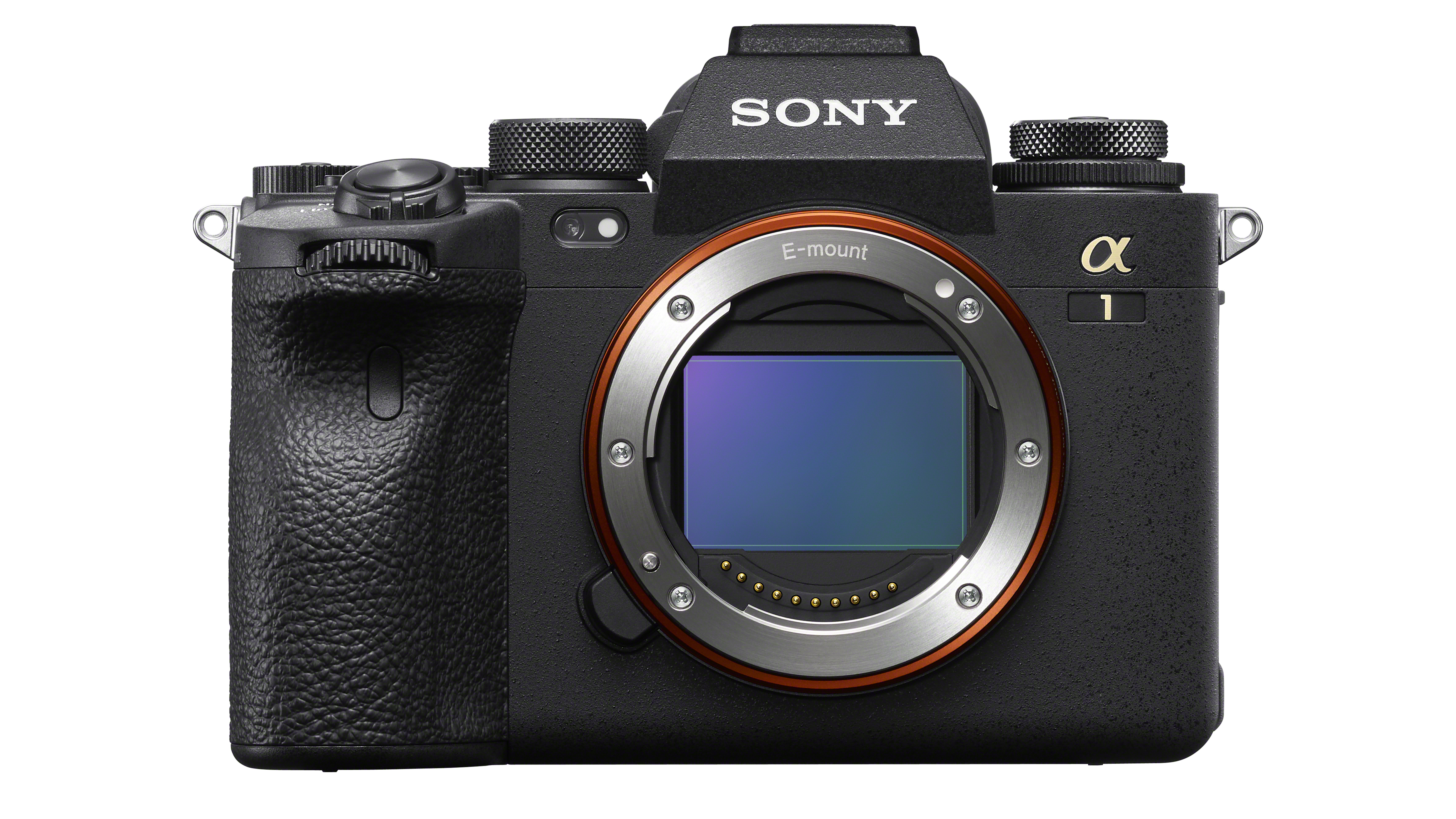Did the Sony A1 just blow the Canon EOS R5 out of the water?
Sony just stunned the world with the Sony A1 – but at $2,599 more than the Canon EOS R5, is it a slam dunk?

The photography world is in shock after the reveal of the Sony A1 – a camera that boasts a 50MP sensor capable of taking stills at up to 30 frames per second, and capturing video at up to 8.6K oversampled with 15 stops of dynamic range.
It's a year late, so it can't really steal any thunder, but has the Sony A1 just blown the Canon EOS R5 out of the water?
• Read more: Sony A1 vs Canon EOS R5
At first glance, it certainly seems that way. The Sony A1 seems capable of doing everything that the R5 can – just bigger, better and more of it.
Canon was the first to bring a consumer 8K camera to market, but now the A1 adds that string to Sony's bow as well. However, the real opportunity to sock it to Canon would have been to offer 8K with no overheating – despite the massive technological hurdle this presents.
As it stands, though, the camera can record a maximum of 30 minutes in either 8K or 4K 60p – not too dissimilar from the R5. That said, the A1 boasts up to 15 stops of dynamic range thanks to its 10-bit S-Log 3 HLG mode – where the R5 is currently limited to 12 stops, at least until the new firmware adding C-Log 2 or 3 is rolled out.
Obviously the A1 packs a much more pixel-dense sensor, with its 50MP resolution being second only to the Sony A7R IV when it comes to full-frame mirrorless cameras. In real terms, however, the difference between 50MP and 45MP (the latter being the resolution of the R5) is fairly negligible.
Get the Digital Camera World Newsletter
The best camera deals, reviews, product advice, and unmissable photography news, direct to your inbox!
Where the Sony A1 genuinely blows away the competition, though, is in terms of its blistering continuous shooting speed; 30fps is like light speed compared to the closest competitors (including the Sony A9 II, Canon EOS-1D X Mark III and Canon EOS R6 in addition to the R5).
On top of that, the promise of new Anti-distortion shutter technology to prevent rolling shutter could be a huge deal. The R5 doesn't suffer too badly from rolling shutter, but if Sony's claims about the readout speed of the A1's new sensor are true then this could be a real game-changer for shooting action.
Still, all this is for naught if the camera isn't affordable – and there has been plenty of groaning about the $3,899 / £4,199 / AU$6,499 price tag of the EOS R5. And here's the rub: the Sony A1 carries a price of $6,498 / £6,499 / AU$10,499 – substantially higher, but is there a similarly substantial amount of tech for that extra $2,599?
That depends on your perspective. Is a 67% price increase worth it for a 50% increase in continuous shooting speed and an 11% increase in resolution? Suddenly, the A1 doesn't look like quite as clear cut a winner.
Had the Sony A1 come in cheaper, perhaps at $5,498, you could say that the Canon EOS R5 is going to be in trouble. With such a price disparity, though, we don't think Canon is going to be quaking in its boots too much – $6,498 is firmly in medium format territory when it comes to pricing, and amazingly makes the R5 look like a bargain by comparison.
The specs alone certainly put the A1 in a class of its own. However, when it comes to getting customers to put a product in their basket, Sony might have priced its new camera – brilliant as it looks – a little too high to cause the R5 any real disruption.
Pre-order the Sony A1 at B&H (US)
Pre-order the Sony A1 at Park (UK)
Read more:
Sony A1 announced – 50MP, 8.6K, 30fps bursts, 15-stop dynamic range
Sony A1 vs Sony A9 II vs Sony A7R IV
Canon EOS R5 review
Sony A7R IV review

James has 22 years experience as a journalist, serving as editor of Digital Camera World for 6 of them. He started working in the photography industry in 2014, product testing and shooting ad campaigns for Olympus, as well as clients like Aston Martin Racing, Elinchrom and L'Oréal. An Olympus / OM System, Canon and Hasselblad shooter, he has a wealth of knowledge on cameras of all makes – and he loves instant cameras, too.
